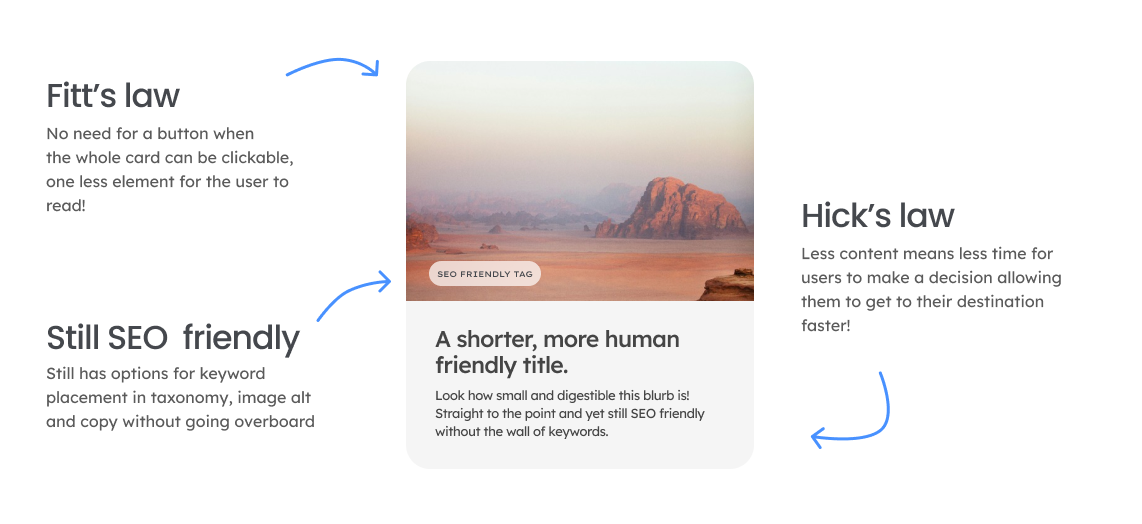Rediscovering the Human Element in a Search-Engine Dominated Web
Picture this: you're browsing the internet, hopping from one site to another, and suddenly, you stumble upon a page that feels like it was written for a robot, not a human. It's crammed with keywords, packed with SEO-friendly phrases, and frankly, it's about as engaging as watching paint dry. This, my friends, is the web world we find ourselves in today – a landscape so focused on ranking and algorithms that it's lost touch with its human side. But I'm here to tell you, it doesn't have to be this way.

Think back to the early days of the internet. Websites were like cozy little coffee shops, each with its own personality, where the main goal was to provide a pleasant experience for visitors. The internet was fun, interesting and creative, a brand new frontier. Fast forward to now, and it's more like a bustling airport terminal – efficient, yes, but lacking that personal touch. It's high time we brought back some of that old-school charm to our digital spaces.
The trick is weaving SEO into web design without letting it take over the show. It’s like adding just the right amount of spice to a dish – enough to give it flavour but not so much that it overpowers everything else. We need to strike a balance where websites are not only discoverable by search engines but also genuinely enjoyable for the humans reading them.

So what's the solution? Let's sprinkle a bit of UX wisdom into this conversation. Ever heard of Hick's Law? It's this nifty principle in UX design that says the time it takes for a person to make a decision increases with the number and complexity of choices. Apply this to a website cluttered with keywords and SEO-driven content, and what do you get? A digital maze where users spend more time scratching their heads than actually engaging with your content. The takeaway? Keep it simple, folks. A clean, straight forward design not only makes your site more user-friendly but also helps your SEO by reducing bounce rates. After all, a confused mind often says 'no', and we definitely don't want that.
But wait, there's more. Let's talk about Fitts's Law. This law suggests that the time required to move to a target area, like a button or a link, is a function of the distance to and size of the target. In plain English? The bigger and closer your interactive elements are, the easier they are to click or tap. This is where user experience and SEO can dance a beautiful tango together. By designing larger, more accessible interactive elements, you not only enhance usability but also guide your users smoothly through the SEO-structured journey. It's about making every click count, both for the user's ease and to keep those SEO metrics shining.

So, where does that leave us? Well, it's about rolling up our sleeves and putting the human experience back at the heart of web design. It's about creating websites that resonate with people, not just algorithms. Because at the end of the day, what's the point of driving traffic to a site if visitors leave feeling like they just had a conversation with a robot?
In our quest for SEO dominance, let's not forget the human touch. After all, the best part of the internet is its ability to connect people, not just computers.
Sign up for our newsletter for more insights like this
We promise not to spam your inbox. We send a newsletter once a month or when we have something important to say that just can't wait.